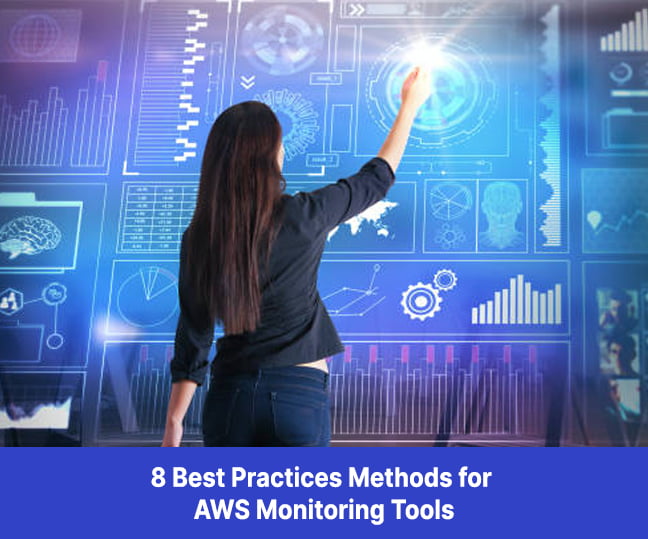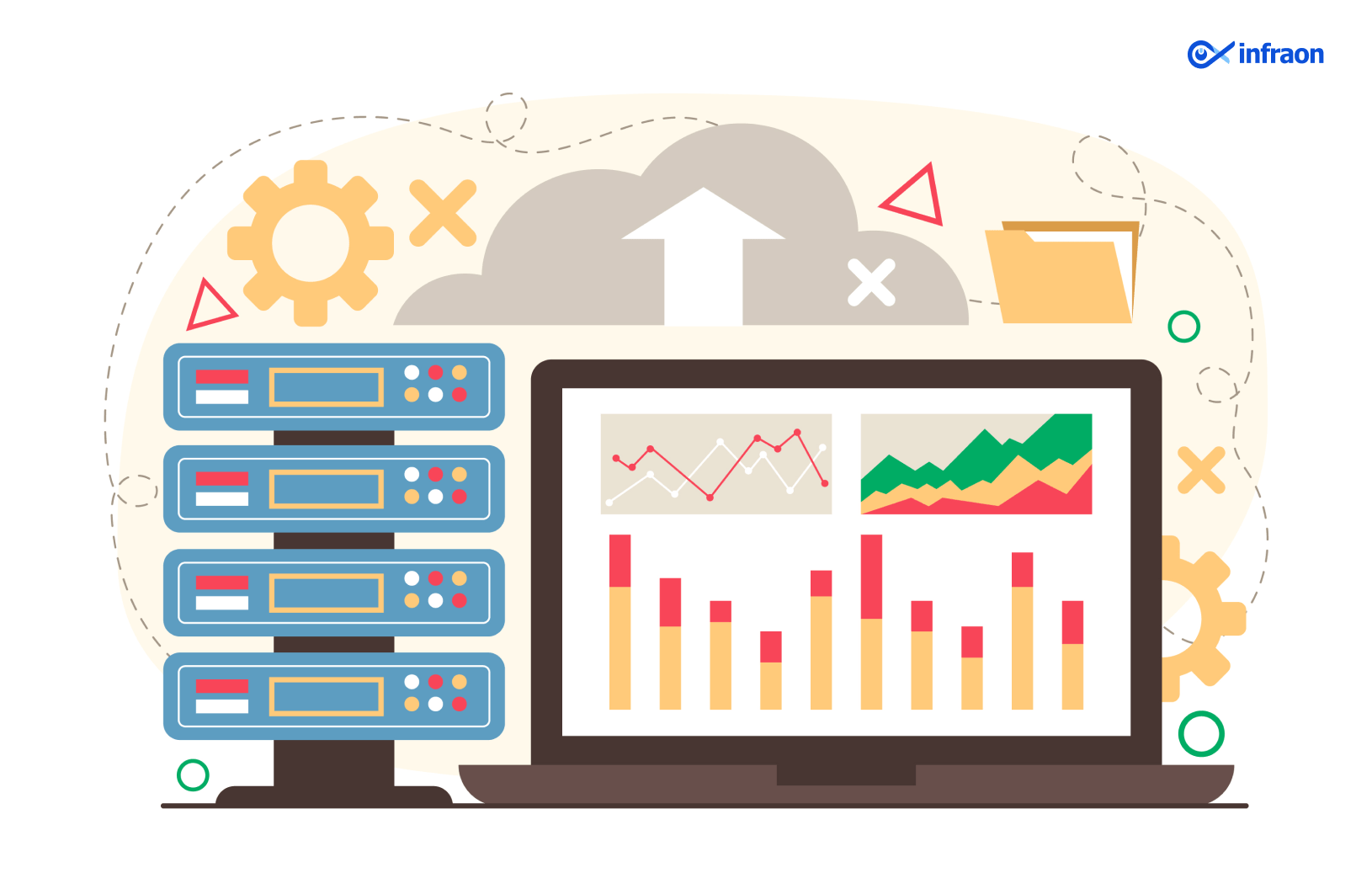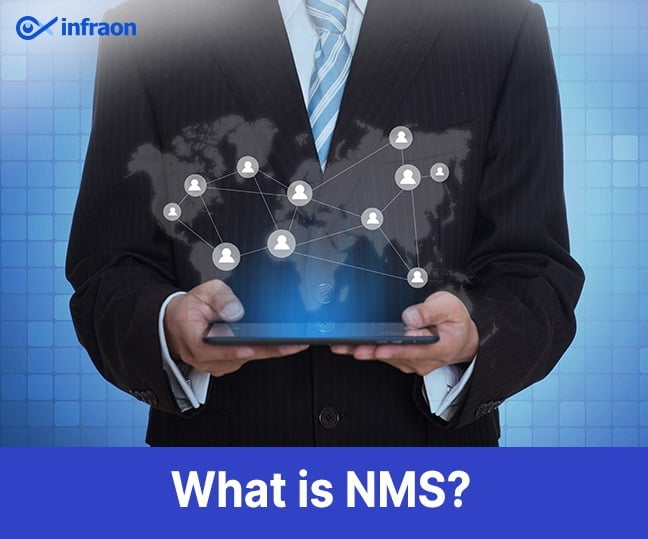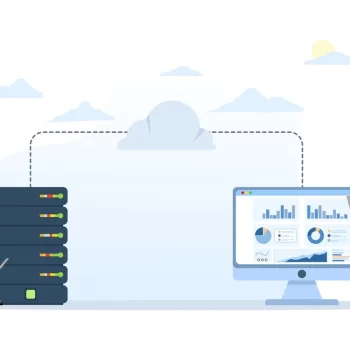As a network admin, you always want to ensure a seamless flow of data between your network systems. But how do you make sure that the messaging link to another network system is functioning correctly? Enter link monitoring—a powerful solution that unlocks unparalleled network visibility and performance optimization.
In this blog, we look into the realm of link monitoring and see how it enables businesses to take proactive control of their network links and reach a new level of efficiency. Get ready to witness the transformative impact of link monitoring on your network infrastructure!
Related blog: Network Monitoring System and All You Need to Know in 2023
What is Link Monitoring?
Links are the plugs, sockets, cables, and electrical signals traveling through a network. Every link implies a function. At the hardware level, electronic signals activate functions; data are read, written, transmitted, received, checked for error, etc. At the software level, instructions activate the hardware (access methods, data link protocols, etc.). At higher levels, the data transferred or transmitted may request functions to be performed (client/ server, program-to-program, etc.).
Link monitoring monitors the physical status of an interface. Unresponsive or broken links are bad for organizations and can cause a bad user experience, reducing revenue and losing customer trust. Link Monitor solves all of these problems for you. Monitoring the network link’s performance is important to identify the root cause of performance degradation and network bottlenecks, and it collects data related to bandwidth (utilization), errors, and discard rate.
Link monitoring is the process of continuously monitoring and analyzing the performance and health of network links to ensure optimal connectivity and data transfer between devices and systems. It involves tracking key metrics such as latency, packet loss, and jitter to identify potential bottlenecks, congestion, or issues that may affect the network’s overall performance.
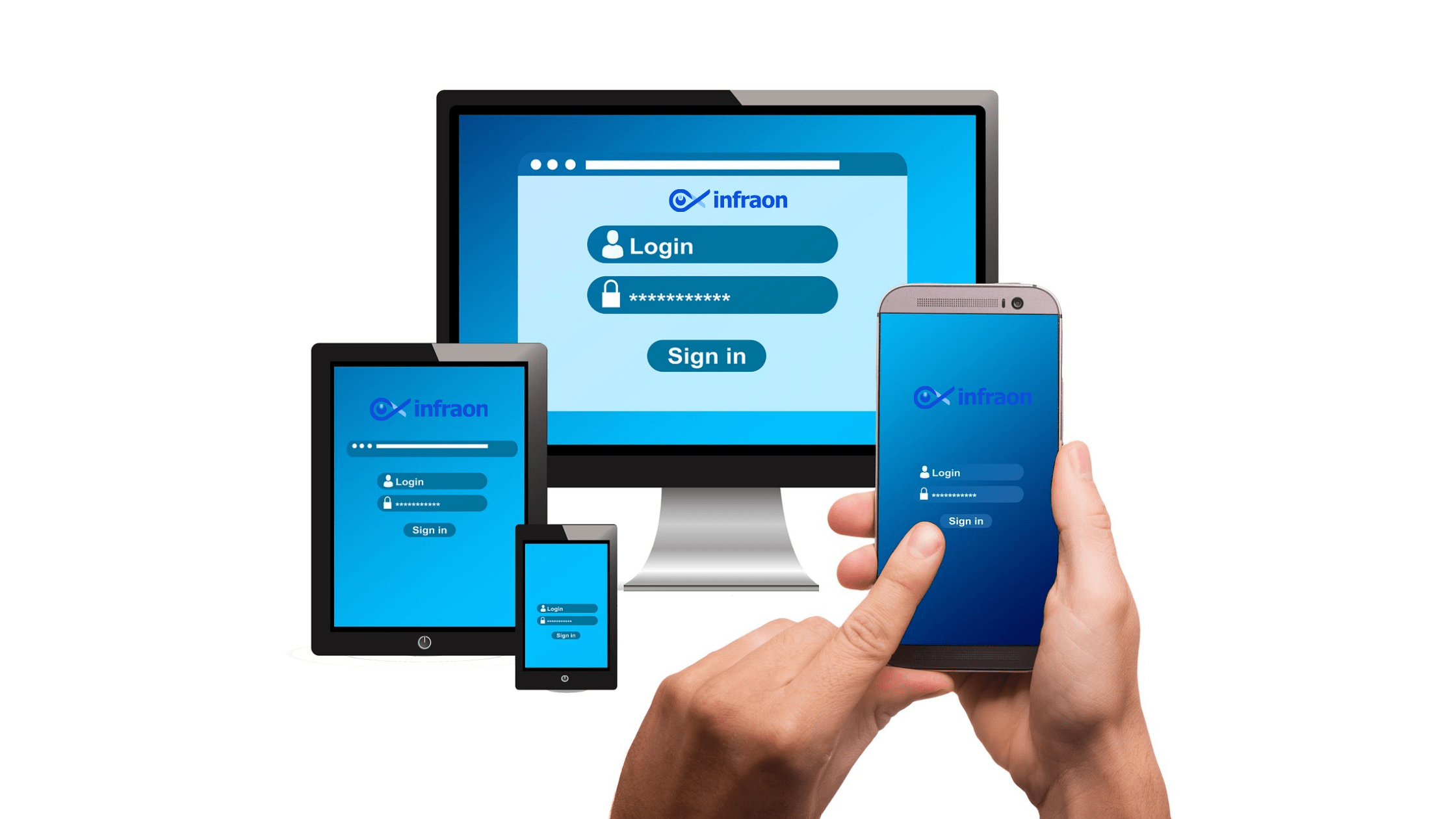
By implementing link monitoring, IT professionals can proactively identify and address network problems before they escalate, leading to improved network reliability, reduced downtime, and enhanced user experience. Additionally, network link monitoring helps organizations make informed decisions regarding network capacity planning, resource allocation, and overall network infrastructure optimization.
Overall, network link monitoring plays a crucial role in maintaining the stability and efficiency of modern computer networks, ensuring seamless data flow and communication between devices across the organization. Link monitoring monitors the physical status of an interface. Unresponsive or broken links are bad for organizations and can cause a bad user experience, reducing revenue and losing customer trust. Link Monitor solves all of these problems for you.
Monitoring the network link’s performance is important to identify the root cause of performance degradation and network bottlenecks, and it collects data related to bandwidth (utilization), errors, and discard rate. It can also resolve network performance issues, proactively monitor interfaces, and get detailed real-time reports on utilization, traffic, and various link parameters.
Examples:
The core switch is a high-capacity physical backbone of a network. This switch handles routing and forwarding and serves as the point of contact for the internet or a wide area network (WAN). The distribution switch links the core switch to all the access switches. The distribution switch acts as a subgroup for the core switches and is used to set up distribution points in large organizations. These access switches connect most devices to the network with high-density ports. So any link failure occurrences may impact the entire organization. This is why link monitoring is essential.
Monitoring network link performance and traffic goes hand-in-hand with identifying the root cause of a slow network.
Why is monitoring links critical?
- Fix issues faster in a down situation because time is money. Link monitoring makes problem-solving easier and faster for time-strapped network professionals. IT teams deal with heavy workloads and highly complex projects without the staff, ideal time, or the necessary budget to complete them. You need the right network monitoring tool to deliver immediate ROI. Without manually digging into network performance, staff has time to work on more critical projects. Seeing the source of issues also cuts down on tedious troubleshooting time. And staying ahead of IT outages reduces the costs of outages to your organization.
- The Link-enabled devices must be monitored continuously for significant fluctuations and suspicious activity.
- Link monitoring gives you the bigger picture of typical performance, making it easy to spot what is out of the ordinary—a spike in traffic levels or an unfamiliar device connected to your network. By diving in to figure out when and on what device an event occurred, you can take a proactive approach to network security.
- The instinct that a link needs upgrading isn’t enough to convince most bosses. However, a historical report on the performance of the equipment over the previous 12 months is compelling.
- Network monitoring tools provide historical insight into how the equipment has performed to justify network link upgrades. And the trends analysis helps you determine if your current technology can scale up to meet your business needs or if you need to invest in new technology.
- Keeping your word regarding uninterrupted network availability is always a top priority to MSPs and IT consultants. Reports on performance that network monitoring provides help you meet SLA requirements and ensure the satisfaction of your customers.
- Network monitoring can direct you to the location of a problem. Sometimes, it can also prove that the network is not causing the problem. Moreover, it enables identifying, locating, and solving issues before they affect users.
How and what are we monitoring in a link?

SNMP can help monitor servers and network devices such as hosts, routers, hubs, switches, and links. Monitoring tools use SNMP to collect and compare network management data. The data is essential to fixing errors, making fact-based decisions, and effectively managing processes and devices.
Bytes Received, Bytes Sent, In Errors Rate, Out Errors Rate, In Discards Rate, Out Discards Rate, CRC Error, Interface Resets, Reliability, Speed, Network Availability, Port Operational Status, Operational Status, Port Admin Status, Admin Status, Utilization, Utilization In, Utilization Out, Throughput, Throughput In, Throughput Out, OSPF status, and BGP status.
Benefits of Link Monitoring
Enhanced Network Performance
Link monitoring continuously tracks key network performance metrics such as bandwidth utilization, latency, and packet loss. By having real-time insights into these metrics, IT administrators can easily identify any potential bottlenecks or areas of congestion. This empowers them to take proactive measures to optimize network performance, ensuring that data transfers are smooth and responsive and applications run efficiently.
Proactive Issue Identification
With link monitoring in place, IT teams can receive alerts or notifications as soon as an issue or anomaly is detected on a network link. This allows them to take immediate action to resolve the problem before it escalates into a larger network outage. By being proactive in addressing issues, organizations can minimize downtime, maintain high network availability, and keep critical systems running smoothly.
Improved Resource Allocation
Link monitoring provides visibility into how network resources, such as bandwidth, are being utilized across different links. This insight enables IT administrators to allocate resources more effectively based on actual usage patterns. Optimizing resource allocation ensures that essential applications and services receive the necessary bandwidth, preventing performance degradation during peak usage periods.
Better Capacity Planning

Monitoring network link utilization over time helps organizations understand usage patterns and predict future requirements accurately. By having insights into growing network demands, IT teams can plan for capacity upgrades or network expansions proactively. This prevents unexpected resource shortages and ensures the network can handle increasing traffic and data volumes.
Increased Security
Link monitoring contributes to network security by identifying unusual or unauthorized traffic patterns. If there are signs of potential security breaches or malicious activities, IT administrators can promptly investigate and take appropriate action to mitigate the threat. This proactive approach helps protect sensitive data, prevent unauthorized access, and safeguard the network from potential cyberattacks.
Streamlined Troubleshooting
When network issues occur, link monitoring provides valuable data and historical performance information. This data aids in the rapid identification of the root cause, simplifying the troubleshooting process. As a result, IT teams can reduce the mean time to repair (MTTR), resolve issues more efficiently, and minimize business disruption caused by network problems.
Enhanced User Experience
Well-monitored network links lead to improved user experiences for employees and customers. By ensuring smooth and responsive data transfer, applications load faster, and users experience fewer delays. A positive user experience enhances productivity, satisfaction, and overall user engagement with the organization’s services.
Compliance and Reporting
Link monitoring generates detailed reports on network performance, including uptime, downtime, and adherence to SLAs. These reports are invaluable for demonstrating compliance with internal policies and external regulations. They also provide data for analysis, identifying areas for improvement in the network infrastructure.
Cost Savings
By optimizing network resources and minimizing downtime, link monitoring leads to cost savings in multiple ways. It reduces the need for reactive troubleshooting, prevents expensive network outages, and allows organizations to make more informed decisions about resource investments. Additionally, better resource allocation avoids unnecessary infrastructure expenses, leading to a more cost-effective network management strategy.
Related article: Top 7 Key Features Your Network Monitoring Software Should Have
Final Note
Embracing link monitoring empowers organizations to make informed decisions regarding network capacity planning, resource allocation, and infrastructure optimization. Its streamlined troubleshooting approach leads to faster issue resolution, reduced downtime, and significant cost savings. As we navigate the dynamic landscape of modern networking, the integration of link monitoring remains essential for maintaining network stability and unlocking the true potential of network infrastructure.












